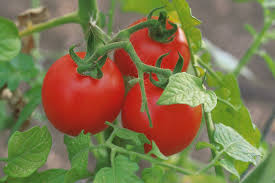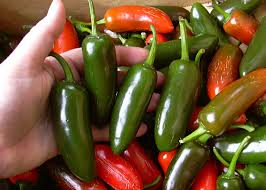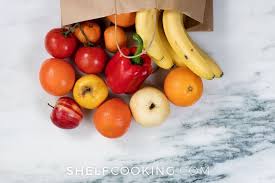As the warm summer months give way to cooler autumn weather, gardeners may begin to worry about whether their fruiting vegetables, like tomatoes and peppers, will ripen in time. This is a common concern, especially as temperatures drop and the growing season shortens. In this article, we’ll explore a few methods to speed up the ripening process for various fruits and vegetables, ensuring you make the most of the season.
Why Fruit Ripening Slows Down in Cooler Weather
Warm-loving plants like tomatoes and peppers require a minimum temperature of 10°C (50°F) to fully ripen. When temperatures drop below this threshold, ripening slows or halts altogether. Wind can also interfere with the process—fruits like tomatoes and peppers emit ethylene, a gas that helps them ripen. However, if the air is too breezy, the ethylene can blow away, delaying ripening.

Speeding Up Tomato Ripening
If the cooler weather is starting to set in and you still have green tomatoes on the vine, one way to encourage ripening is by stressing the plants. While this may sound counterintuitive, reducing the water supply can help. In drier climates, this is simple, but if you’re in a wetter area, you can reduce water flow by cutting some of the plant’s roots. To do this, dig a spade into the soil about 25 cm (10 in) from the stem and sever the roots in a semicircle. Alternatively, you can gently pull on the main stem to tear a few roots. This “stress” redirects the plant’s energy toward ripening its remaining fruit.
Once cooler weather sets in, bring any remaining tomatoes indoors. There are effective methods to ripen them off the vine, including placing them in a warm spot indoors or wrapping them in newspaper.
Ripening Peppers Faster
For peppers, both sweet and chili varieties, the key to speeding up ripening is to remove ripe fruits as soon as they are ready. Doing this diverts the plant’s energy to the remaining fruits. Another tip is to harvest peppers at the “breaker” stage—when they begin to show color. These peppers can ripen indoors, while the plant continues to develop other fruits. By picking regularly, you’ll encourage your plant to focus on ripening the remaining peppers, ensuring a steady supply.

Ripening Squashes and Pumpkins
Winter squashes and pumpkins typically ripen best when left on the vine as long as possible. However, if you’re worried about frost, you can help by removing surrounding leaves to expose the fruits to more sunlight. If frost is expected, cover the plants with plastic sheeting, securing it with rocks or bricks. Just be sure to remove the cover during the day to prevent excess moisture buildup. After harvest, squashes should be cured by placing them in a warm, dry place for a few weeks. This process enhances their flavor and storage life.
Ripening Tree Fruits Indoors
Many tree fruits, such as apples, pears, and peaches, will ripen naturally when left on the tree. However, if you’ve purchased fruits that are too firm, you can encourage ripening at home. A simple method is to place the fruit in a paper bag, loosely closed, trapping the ethylene gas it produces. For faster results, add an apple or banana to the bag, as they also release ethylene. Alternatively, in some cultures, people place fruits in rice, which absorbs the gas and helps ripen the fruit. For delicate fruits like peaches, it’s best to handle them gently and store them between two layers of breathable cloth to avoid bruising.
Conclusion
These tips are just a few ways to speed up the ripening of various fruits and vegetables. Whether you’re dealing with green tomatoes, peppers, or winter squash, there are several methods to help you enjoy your harvest before the season ends. If you have your own tricks for ripening fruit, feel free to share them in the comments section below!
